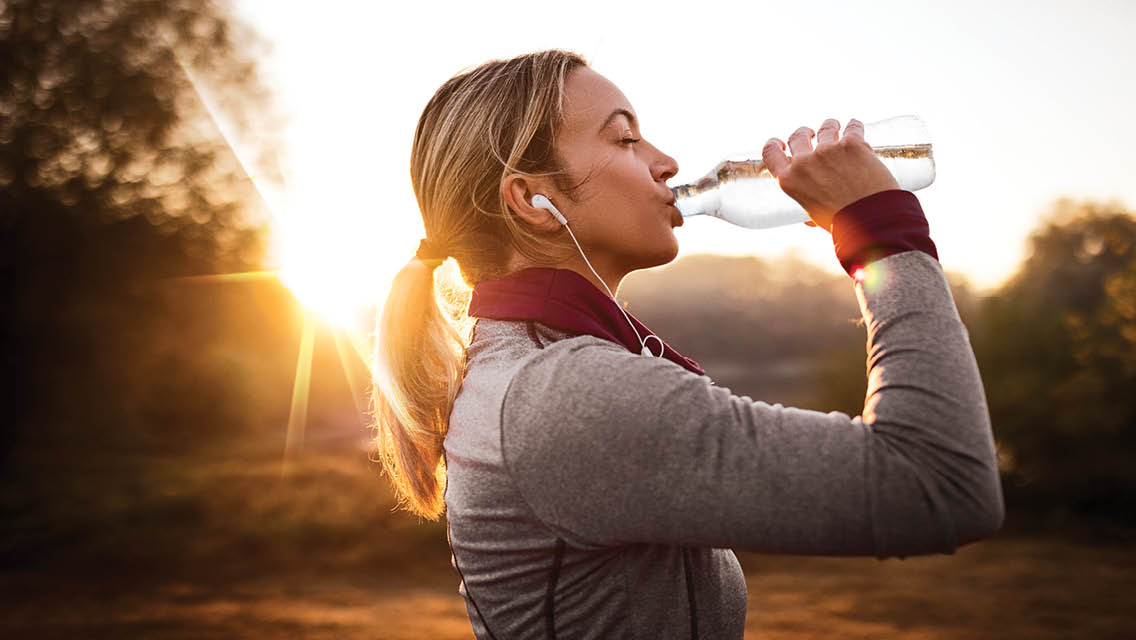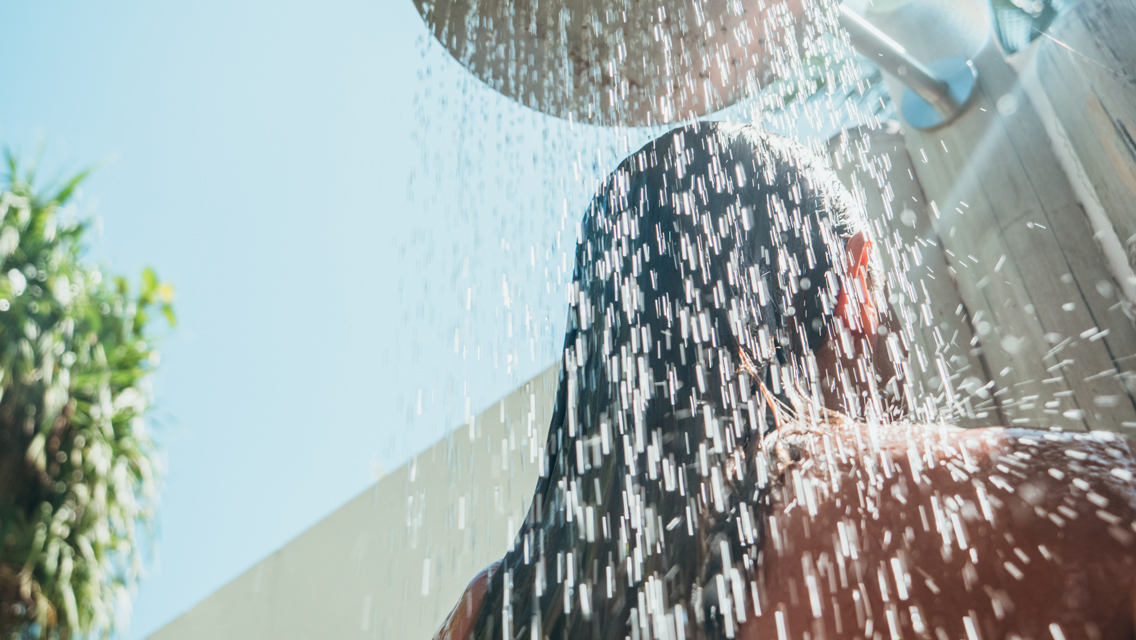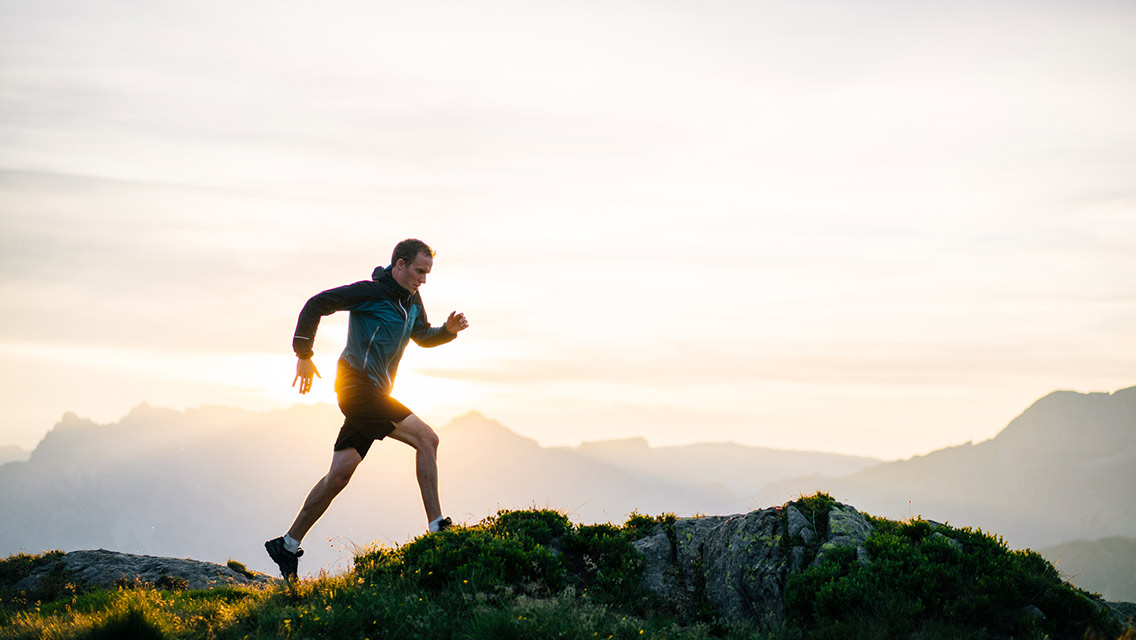Think of the range of normal temperatures in any given region as a bell curve. Most weather events happen within the big part of the bell, and rare events (extreme temperatures, droughts, heavy rain, etc.) fall at the tail ends. Or they used to.
As the climate changes, the curve is shifting to the right (toward higher temperatures) and flattening, meaning that extreme events are becoming more common.
“Heat is energy. We’re adding energy to our weather system, so the range of crazy weather is increasing,” explains professor of emergency medicine Jay Lemery, MD, FACEP, FAWM, codirector of the Climate and Health Program at the University of Colorado School of Medicine and coauthor of Enviromedics: The Impact of Climate Change on Human Health. There might be brief periods of extreme cold in places that haven’t seen it before, as with the polar vortex that pushed frigid air into Texas in February 2021.
But the general trend is toward heat. “We’re energizing our weather systems in a way that makes everything more unpredictable,” he says. “And on average, it’s warmer.”
Heat is a stressor for the human body, particularly for the very old, the very young, and those without access to heat-diffusing green spaces or air conditioning.
Heat is a stressor for the human body, particularly for the very old, the very young, and those without access to heat-diffusing green spaces or air conditioning. It can exacerbate existing health issues, such as cardiovascular and respiratory diseases. Studies have shown that for every incremental increase in heat (about 1.8 degrees F), the death rate for people with comorbidities, such as chronic obstructive pulmonary disease, heart disease, and diabetes, also goes up.
“If you’re walking across a big parking lot on a hot summer day, your pulse will go up by 20 beats per minute and you’ll start sweating,” Lemery says. “Your body has this compensatory mechanism to cool you off, but that physiologic stress alone can be enough to push somebody who’s medically vulnerable into crisis.”
Yet it’s not solely vulnerable groups who are affected by extreme heat. Anybody can experience the muscle cramps, swelling, heat exhaustion, and heat stroke that hot temperatures can cause. High temperatures have also been linked to poor mental health and higher rates of aggression.
How to Build Resilience
When extreme heat strikes, Lemery says, it’s important to slow down and be mindful of the risks. “In a heat wave, it’s about not going out and doing yard work or exercising in the middle of the day; it’s about drinking a lot more water and staying cool.”
Hydration is critically important in high temperatures or at high altitudes, and integrative practitioner Robert Rountree, MD says that water is usually your best option. “Something I’ve learned from 40 years of hiking in Colorado is that it is better to hydrate long before you get thirsty.”
Countertop water filters are inexpensive and effective at removing unwanted toxins and chemicals from tap water. They can also help improve taste, so hydrating is more appealing.
Electrolyte drinks with added sodium, potassium, and magnesium (all minerals we lose through sweat) can be helpful after an intense workout on a hot day, or if you notice symptoms of an electrolyte imbalance, such as muscle twitching and cramps, increased thirst, poor endurance, salt cravings, and irritability. (Make your own with this recipe.)
Unsweetened coconut water is naturally rich in electrolytes and low in sugar. Rountree also likes watermelon juice: “It’s a great source of lots of nutrients and is an excellent way to get hydrated since it is rich in potassium.”
One of the most important things to do during a heat wave is to check in on your neighbors, Lemery says. “It’s the elderly who you really need to look out for, especially those who live by themselves.”
He suggests learning to think of ourselves as community-safety officers. Learn the locations of the closest cooling centers and public areas with air conditioning, such as libraries or shopping malls — and make sure your neighbors know about them. “This is where social interaction is really important to keep people safe,” Lemery adds.
This was excerpted from “How Climate Change Affects Your Health — and How to Build Resilience” which was published in Experience Life magazine.





This Post Has 0 Comments